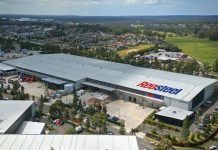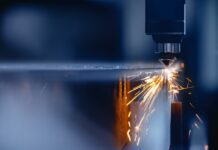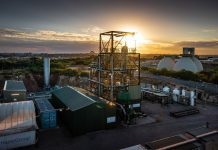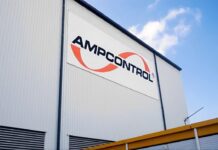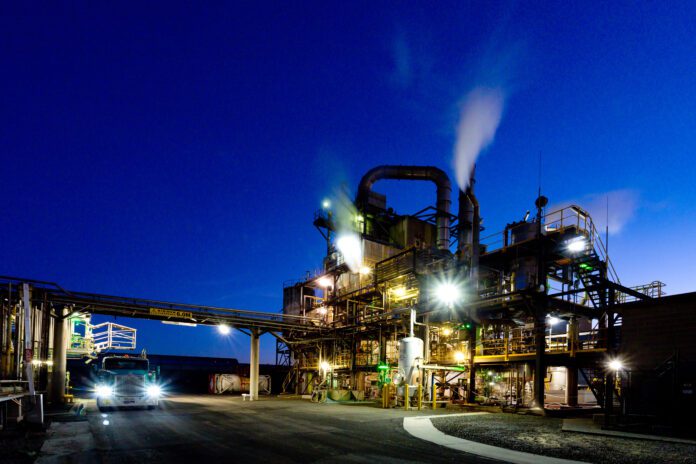
Major manufacturing company Orica said it has eliminated the first 250,000 carbon dioxide equivalent from its Kooragang Island manufacturing facility through the Australian-first deployment of its tertiary catalyst abatement technology.
According to the company, the installation of three tertiary abatement reactors resulted in the elimination of approximately 20 per cent of the plant’s total greenhouse gas emissions for the period of November 2022 and August 2023.
This means that for every tonne of nitric acid produced at the facility for the manufacturing of crucial products for many businesses across NSW including the mining, agriculture, health, and food industries, there has been a reduction in nitrous oxide emissions of over 95 per cent compared to 2019 levels, the company said in a media release.
The New South Wales Government backed the project with a $13.06 million investment through its Net Zero Industry and Innovation Program.
It also received $25 million from the Federal Government’s Clean Energy Finance Corporation.
The Clean Energy Regulator approved the project as eligible to generate Australian Carbon Credit Units.
“This is another proud and critical milestone in Orica’s decarbonisation journey and ambition to achieve net zero emissions by latest 2050,” said German Morales, Orica Group’s Executive and President for Australia Pacific.
“We are accelerating action to reduce greenhouse gas emissions today, ensuring a sustainable future for our manufacturing facilities and supporting customers in achieving their sustainability goals. We are already seeing the benefit of this technology at our Kooragang Island facility, with an annual estimated reduction of 500,000 tonnes of carbon dioxide equivalent. Now, as we continue our decarbonisation efforts, we will focus on installing the same proven technology at our Yarwun facility.”
Orica’s facility in Kooragang Island is currently one of NSW’s largest industrial users of gas, with an approximate usage of 10 to 15 per cent of total NSW gas per year.
To further its efforts to reduce site-based emissions, the company said it plans to use renewable hydrogen as a feedstock, instead of the traditionally used natural gas.
Orica said it seeks to further reduce its Scope 1 emissions while producing low-carbon ammonia for possible export and freeing up domestic gas supply for Australian households.


